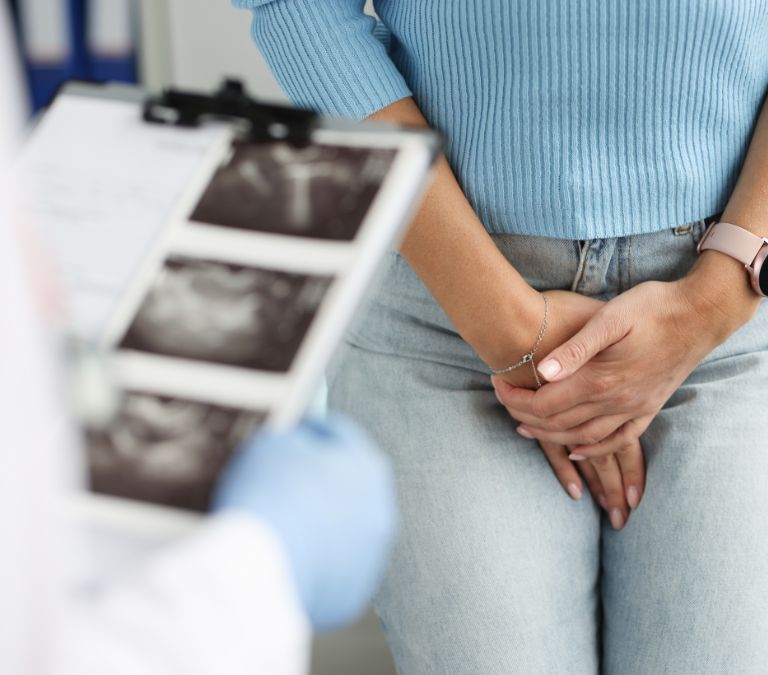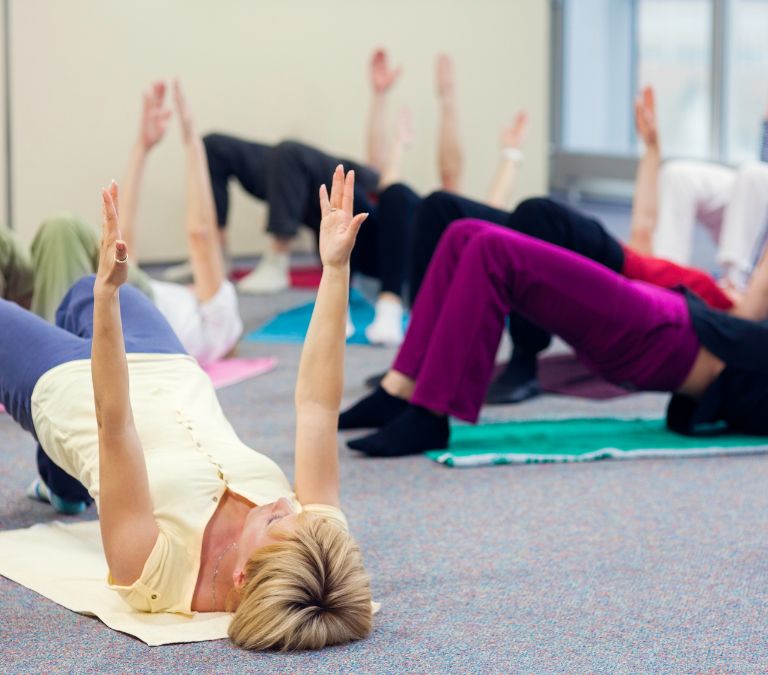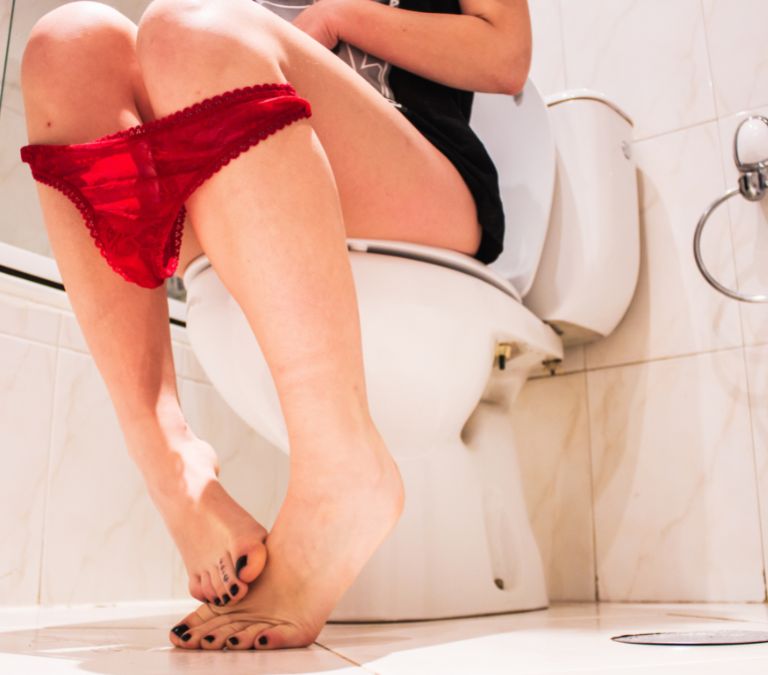Being in control of yourself and everything around you brings such a good feeling. As women, we are taught to control everything around us, and maybe not taught, and we grow into it. It is mainly because of the sense of responsibility we are born with.
This control is not the manipulative and delusional control that comes at the detriment of everyone and everything we love. On the contrary, it is the control that ensures that everything around us is in place. That makes us try to get involved in the lives of our loved ones, as we aid their journeys and decisions in the best way we can. The best way is almost always, in every way.
I watched my mother wear this awesome hat, and I was simply in awe of her. She would wake up as early as she timed it would be suitable for us to make it to school in time. As she made breakfast and lunch, she watched the bathing water. When it was time to bathe, we woke up one after another. Finally, one hour to school time, we would be dressed and having breakfast. The incredible thing is that she would be dressed as well and ready to go to work, and nobody left the house late.
I mean, this type of control is an instinct. It is our superpower, and we wear it with very humble dignity. Whether we are first born or not, we immediately enter into the position of taking care of our loved ones. Because of this responsibility, we fight tooth and nail to ensure that nobody bullies or tries to harm them. I have heard that women are the best children to have to be intentionally biased.

I remember a significant moment between my sister and me when I was about seven and she was five. There was a slight delay in the pick-up from school, and I couldn’t bear to see my little sister so tired. So let me remind you that I was just two years older than her.
There was no avenue then to call our parents and inform them about it because, at that time, very few people owned mobile phones. So I tell my sister we should begin the walk home, and she agrees. We walk for a while, and my five-year-old sister begins complaining that she is tired, and I don’t even think twice about it. I bend down and ask her to climb my back. We were almost the same size and have always been the same size.
That seemingly minor disadvantage did not deter me; she was not either. She gets on my back, and I begin the exhilarating ride home. Luckily for me, we see our dad and quickly notify him to pick us up. I said all these to say that women have the natural inclination to make quick decisions to ensure that everything around us is fine.
It does not also mean that if you do not have this sense of control, there is something wrong with your make as a woman. You will grow into it as a friend, colleague, wife, mother, or sister. There would be a need to make a quick decision on behalf of someone, and it would amaze you how seamlessly you would wear the hat.
When we have our period, we may not control the exact time it comes, but we try to control everything involved. For example, we use tampons or pads to ensure that we do not get stained with regular checks and consciousness. During pregnancy, we control every phase and trimester. We manage each period to successfully have our babies, which continues even after having them.
With this level of mastery, we have control; it is a sinking feeling to wake up one day and realize we are experiencing a disorder that is called stress incontinence. After everything we have journeyed through, this does not seem like the fitting reward we should have. Out of everything we cannot control, how does it have to be something as insignificant as urine? We had very easily controlled when we were growing up and did not see it as anything to be precisely mindful of.
It is a natural order and the easiest thing to do. All that is needed is to stand up, head to the convenience, and use it. Watching control of this seep out of your hands must be very unsettling. But as uncomfortable as this sounds, there is a way to manage it and still live a normal life. In the beginning, it may seem impossible to manage. Still, we can return to our trends and activities with consistency and practice.
Stress incontinence is when a drop or drops of urine passes out of the body without intent or control. It mostly happens in periods of exerting workouts or bodily exercises. The workout actions increase weight or stress on the pelvic and abdomen. Because of this stress, there is a restraint in holding back urine when the urge comes to go. Activities that pressure the stomach and cause stress incontinence include sneezing, laughing, weight lifting, coughing, etc.
A deformity mainly stimulates this constraint in the stamina and vitality of the pelvic. The pelvic is an organ under the abdomen. It is placed among the hip bones and encloses organs like the bladder and rectum. In addition, the pelvic comprises other distinct organs like the vagina, cervix, fallopian tubes, uterus, and ovaries. The pelvic balance is for muscles aiding the trunk and moving the legs.
Stress incontinence is a regular occurrence as we age and pass through life-defining processes like pregnancy. In peculiar cases, it can be caused by distinct and specific pelvic constraints and disorders. In women, stress incontinence is mainly caused by constant pressure put on the pelvic over time.
Stress incontinence is a universal disorder that predominantly involves 1 in 3 women at a particular phase in their lives. Research suggests that many women expend pads or tampons for incontinence rather than menstruation. Stress incontinence is a process that sometimes happens pre-menopause.
Stress incontinence is caused when the estrogen degree drops, which causes a narrowing of the lining of the urethra. The urethra is a small trench that helps pass urine through the bladder out of the body. The shrouding muscles of the pelvic can also deplete due to age. This operation is called ‘pelvic relaxation.’
Women from 45 and above are primarily at the receiving end of stress incontinence. Pregnancy is a major stimulator of stress incontinence because of its pressure on the pelvic in the nine months of pregnancy. It leaves many women unable to retain urine as much as they could when they were younger. Many women get worried about this reality and make drastic decisions. Stress incontinence is a typical event that may happen with or without children. As long as it is appropriately managed and treated, it does not need to affect your life.
Because it is a normal occurrence, stress incontinence is at the risk of being handled with levity. However, as much as is usual, you must take it with utmost seriousness and put every effort in place to ensure that it is very effectively managed.
You should not be too worried about stress incontinence. It would demand your time and energy in management, but it is not something to be scared of. Like every other challenge you have encountered, it can be diminished and brought to the barest minimum when faced head-on.
Why does it look like you are losing control of your bladder? You are not losing control of your bladder. It has just taken on a new shape you need to understand better. It is normal because your body is reacting to the impact of many years. The best news is you can gain back control.
Many women have lived with the fear of stress incontinence. This fear has left them helpless and unable to handle the processes needed to manage it. It becomes just another phase when you are armed with important information on this or any other topic. As women, I can boldly say we have passed through more intense stages. It is a walk in the park and should not be considered anything more.
Stress incontinence is detected when you notice your pelvic is urgently pressing and unable to retain urine until you get to the restroom. It may start as small as drops, resulting in big drops if not treated on time. For example, when you notice a few drops of urine on your underwear, stress incontinence may be a symptom.
Is stress incontinence treatable? Stress continence has very effective treatment plans. Of course, this is no assurance of a total cure, but you positively managed it. When duly controlled, the treatment plans ensure that women can live normal lives and return to everyday routines.
Treatment plans for stress incontinence focus on rebuilding and restoring the pelvic base. As a result, the muscle’s vitality, vigor, and capacity are constructed. In addition, this muscle assists the bladder and other organs like the urethra enclosed around the pelvic tract.
No known drug has been clearly stated to directly cure or treat stress incontinence. As time progresses, there could be, but no particular drug has been approved. For now, vaginal estrogen lotions, loops, and projectiles have been proven to ease the discomfort in stress incontinence. The effectiveness is unsure for every woman, but it is a method that has been tried.
The fundamental similarity we share as women is that we are women. Our experiences, values, and journeys shape our differences. For example, one woman may have been through four children, a couple of sicknesses, and drug consumption than another woman. Because of these differences, what works for one woman may not work for the other. But it certainly does not invalidate any treatment plan. What is important is knowing what works for you and staying with it.
You can use other treatment plans to manage stress incontinence. For example, the vaginal projectile is a device put into the vagina to aid it in retaining urine. Electrical stimulation is another treatment plan that has been used by women managing stress incontinence.
It uses very low electric voltage to incite tired and passive muscles in the pelvic, which causes it to tighten. The device is designed like a tampon and uses a detector that joins with a modifiable gadget. It is stuck into the vagina and intensified to the degree that it leaves a satisfactory sensation after insertion. When this sensation is created, urine is held for a reasonable time.
Surgery is another treatment option and method, and women go to surgery to rebuild the urethra and return it to its former position. Whether this is a long-term treatment plan cannot be ascertained, but it is a treatment option you can try.
Top Stress Incontinence Exercises to Improve Bladder Control

The most valid and proven treatment plan is the use of exercise. It is an efficient and productive treatment method. These exercises are pelvic muscle exercises built into vital components that help curb stress incontinence. These exercises teach you to position your body to control, tighten and loosen the muscles.
With the use of exercises, you learn how to give the muscles of your pelvic direction through your body movements. To achieve desired results, you must undertake it with dedication and periodic commitments as with other activities.
Exercises are only proven productive by consistency. They are called exercises because they are routines, practices, activities, and drills. They are habits that are done repeatedly to achieve the desired result.
I have seen many slim people who do not miss a workout routine. However, many people would think about what they stand to gain as there is no weight loss. It may be to stay fit, but they remain at it to accomplish it despite their reasons.
To improve bladder control and stress incontinence, you must follow these routines regimentally. The following are seven exercises that will improve bladder control;
Bridge
Bridge exercise essentially strengthens the backsides but similarly helps tighten the pelvic footing. It may prove to be very exerting but is an effective way of improving bladder control. To perform this exercise, you must wear very comfortable and light clothes. You cannot wear clothes that add to your body weight; workout kits would be preferable.
Secondly, get a flat but comfortable surface to do your routine on. It is obtained either at home or in the gym. Thirdly, sleep on your rear and tilt your knees. Do this with your feet straightly placed on the floor and your hips separated by a width. Finally, ensure your arms stand firm and plop down on your palms.
Fourthly, tighten your rear and pelvic foot muscles, and raise your rear area numerous heights from the floor. Retain this stance for five or more seconds. Fifty, return to a flat position to calm the rear and pelvic foot muscles. Ensure that you perform lots of rounds, 8 or 9 times.
As you continue this routine, the pelvic is tightened, and bladder control is improved. It may prove cumbersome initially, but with constant practice, it gets easier.
Bladder Discipline
Bladder discipline is an exercise that helps to improve bladder control. This training drills your bladder to carry urine for as long as possible before using the restroom. When this is accomplished, you would not need to make multiple trips to the toilet or have drops of urine on your underwear as you rush to the bathroom.
You can discipline your bladder by first knowing how frequently you urinate regularly. It could take a few days to determine, but you can discipline your bladder to hold more urine as soon as you ascertain that. It can happen when you wait for as long as possible before taking bathroom recesses. Regardless of how uneasy it gets, keep increasing it by a second every break. Your bladder will eventually improve with consistency and practice. With lots of exercise, your bladder would most likely be able to contain extra urine.
Squats
Squats are a little more severe than other exercises. They try to give pelvic and backside reinforcing outcomes for women. It would be very advantageous if you could do this without so much discomfort. If there is a lot of irritation, it would be better to cease or consult your therapist.
Yoga
Yoga is a beneficial exercise in relaxing both body and pelvic muscles. There are lots of yoga positions that can help to improve bladder control. Yoga is a healing procedure that goes beyond the psyche, and you can also propel this process to other areas. You can read up on Yoga and its different techniques. Or better still, consult with a yoga instructor.
Swimming
Swimming involves the use of limbs. The arms and legs are working with the same propensity. The movement of the legs can help tighten the pelvic and rear muscles, which will improve bladder control. I am particularly biased toward swimming because it is not only for exercise but also for recreational and relaxation activities.
It means swimming can both be enjoyed and benefited from. It doesn’t get as strenuous as it was when you started with time and practice. If you don’t like stress but want results, I recommend swimming. As you constantly operate your lower limbs, it restructures the lower part of your body.
Squeeze and Release
This squeeze and release exercise is probably one of the most effective exercises to improve your bladder control. It is easy and can be done in the most comfortable positions.
How is this done? As the name implies, you must squeeze your pelvic muscles a minute or two and release. Please do it a couple of times, about 7 to 8 times, and run it eight times.
The squeeze and release re-acquaints your bladder with the knowledge to squeeze when it feels urine pressure, which gives you as much time as you need to get to the bathroom. Your pelvic muscles automatically contract as you constantly do this when the urgency comes. You don’t need to do it as much time as you may have when you first began.
Kegel Exercise
Kegel exercises can reinforce your pelvic stamina very sufficiently to control urine outflow. It helps with quick recovery from stress and all forms of bladder incontinence. To take part in Kegel exercises, clamp the muscles of your pelvic foot. If you do not know the exact muscles to clamp, interrupt your urination halfway when visiting the restroom. The muscles you employ to stop your urine flow briefly are the same muscles you have to clamp during Kegel exercises.
You can perform this clamping exercise every day about nine to ten times in about seven rounds. You should feel the contractions and release with each exercise as you do this. When you continue with this, your pelvic gets used to it and automatically clamped when the pressure comes to use the bathroom. Kegel exercises are also very effective in improving bladder control.
Conclusion
You can execute most of these treatment plans at home. Drink only the water your body requires, especially when the treatment begins. It is safe, so your bladder will not be too irritated during the process. When you regain control of your bladder, you can continue with your regular water intake. With accurate information and approval from your doctor or physical instructor, you are now on a journey to regain control of your bladder.







